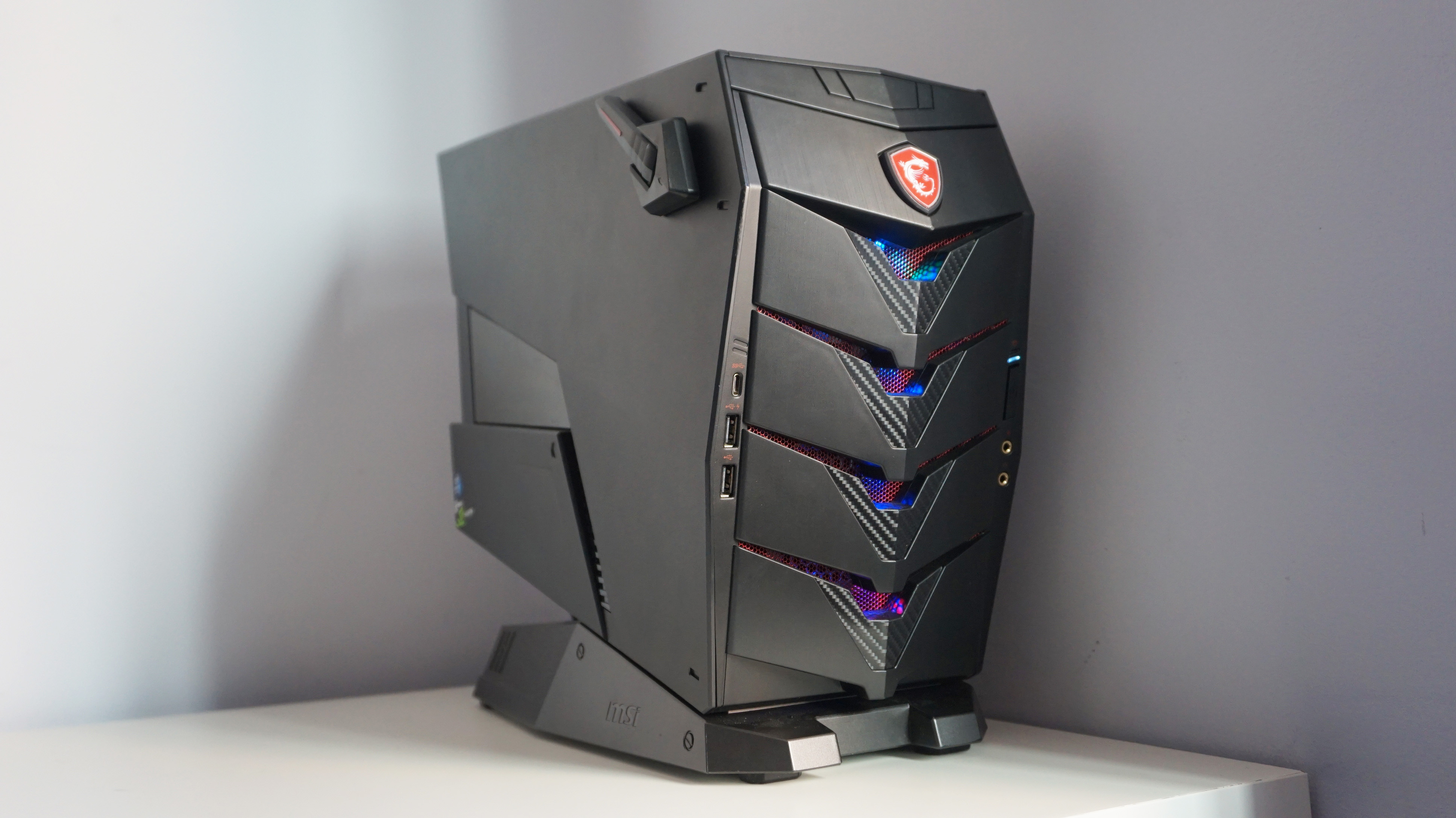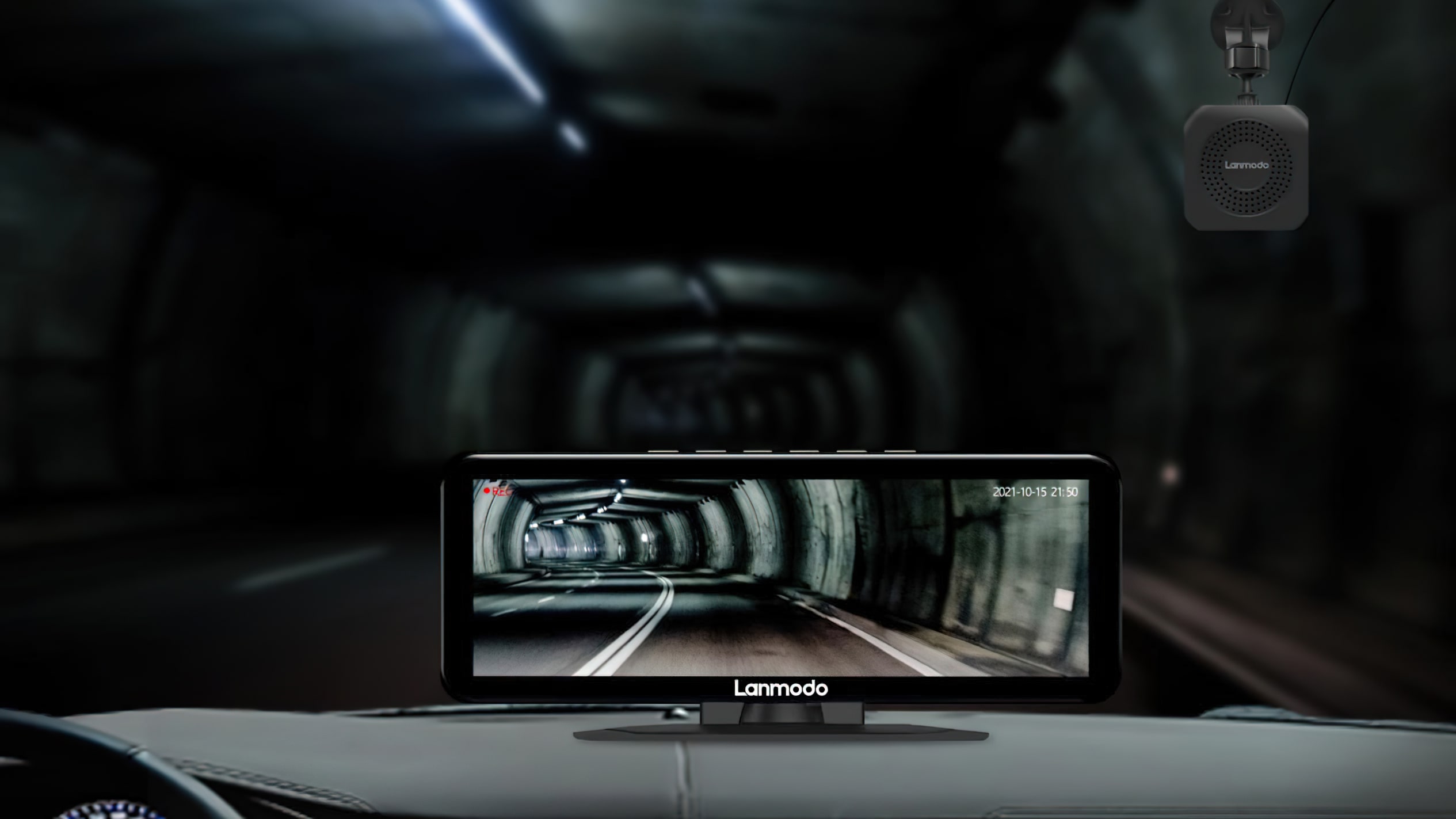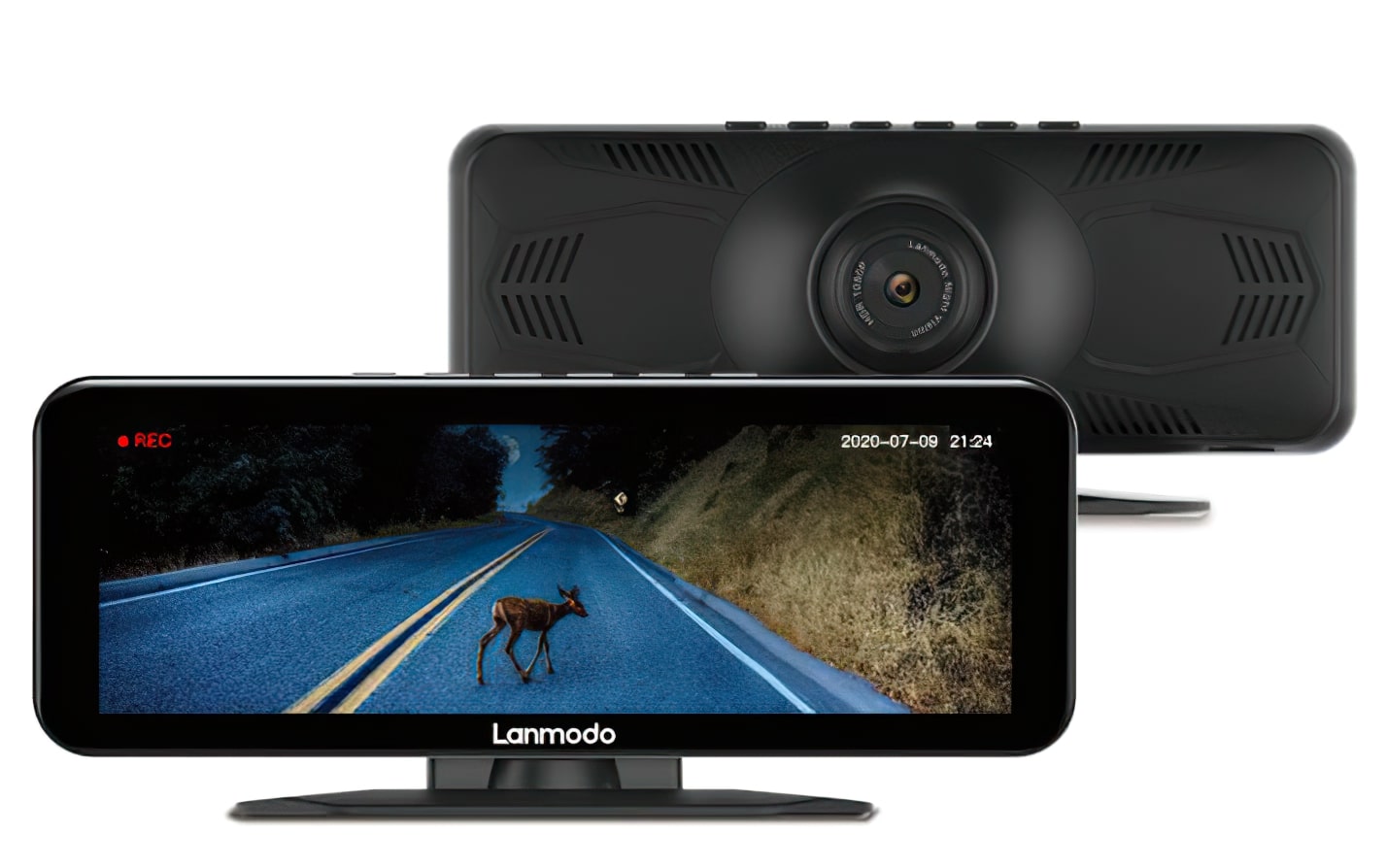
When I opened up the field containing MSI’s Aegis Three eighth PC, I wasn’t completely certain whether or not I used to be taking a look at a miniature desktop or the disembodied head of Dead Space protagonist Issac Clarke. With its pointed stack of glowing RGB strips and darkish, angular chassis, the Aegis Three is a lifeless ringer for Clarke’s ominous helmet, albeit with out the added ornament of spattered Necromorph blood spherical the skin. If you’ve ever wished a PC that appears like a bit of video game field artwork, the Aegis Three undoubtedly fills that tiny area of interest.
This alone ought to offer you a reasonably good thought of MSI’s small type issue PC is the type of factor you’d need looming over within the nook of your desk, however there’s additionally its surprisingly beefy innards to contemplate as effectively. For inside this titchy case, you’ll discover an Intel Core i7-8700 CPU, Nvidia GeForce GTX 1060 graphics card, oodles of storage and Intel Optane Memory assist. Let’s have a look.
Before we start, nevertheless, let’s have a small phrase concerning the Aegis 3’s numerous specs. As with a variety of pre-built PCs, the Aegis Three is available in plenty of completely different configurations. The mannequin I’ve been despatched for evaluation got here with the aforementioned Core i7-8700, GTX 1060 and 16GB of Intel Optane Memory constructed into its 1TB onerous drive, which was additionally accompanied by a 128GB SSD, however a variety of the Core i7-8700 fashions I’ve seen out there within the UK aren’t fairly the identical. They both appear to come back with a 2TB / 256GB storage combo with none clear indication of whether or not they’ve additionally obtained any Optane Memory, or they do include Optane Memory however pack a Nvidia GeForce GTX 1070 card as an alternative a GTX 1060.
As for Aegis Three fashions within the US, the GTX 1070 appears to be the one graphics card out there with the Core i7-8700 model, and as soon as once more seems to come back with the identical 2TB / 256GB storage pairing and hazy clarification on whether or not it has any Optane Memory assist.
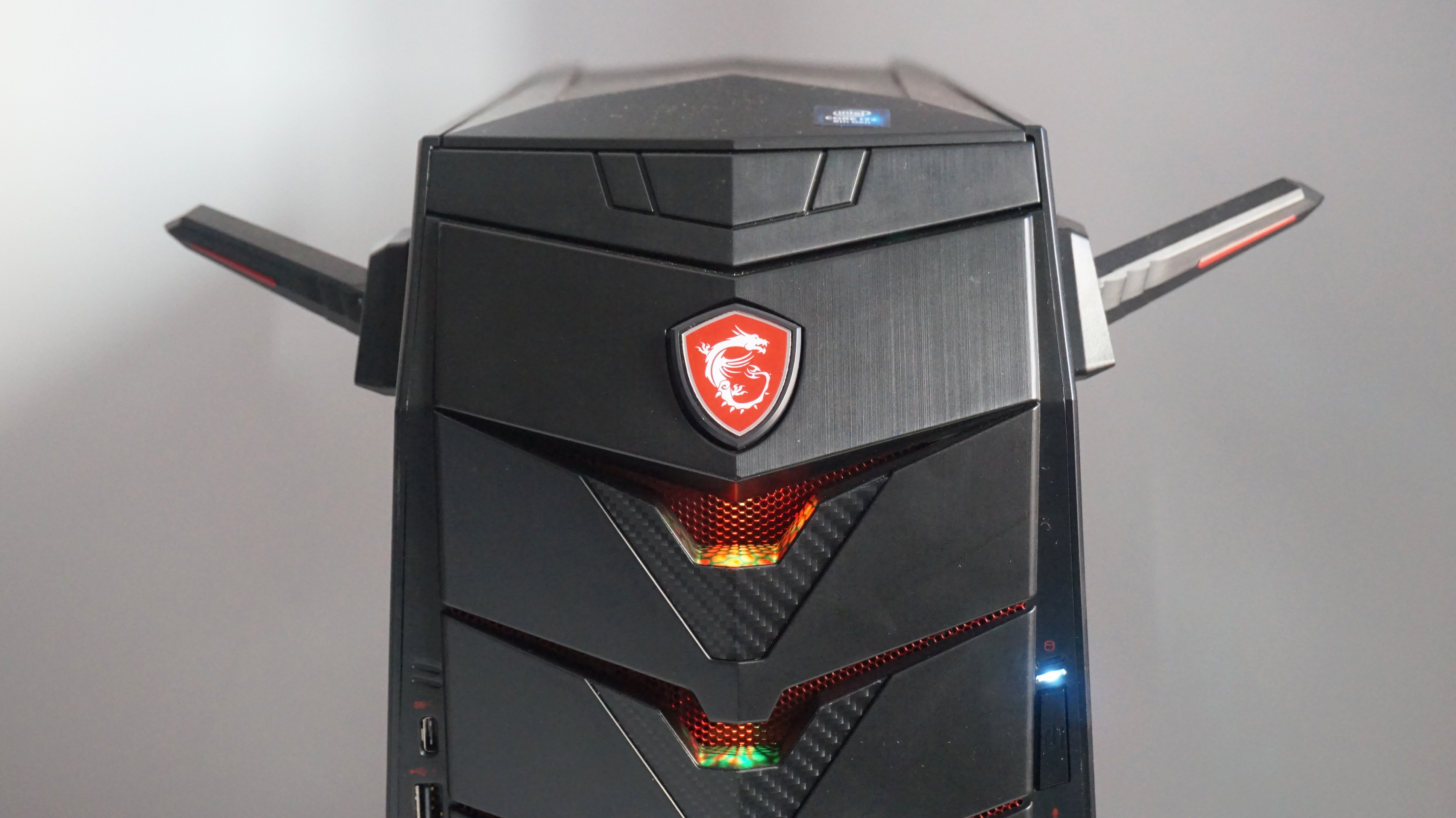
Issac Clake’s helmet with added headphone hooks, or a cyber-penguin about to kill you in its embrace?
As such, costs are a little bit bit everywhere in the store, with the Aegis Three starting from £1400 to £1800 within the UK relying on which spec you get, whereas within the US you’re taking a look at round $1525 for a extra highly effective mannequin than what I’m reviewing right here. I’ll do my greatest to cowl as many bases as potential, however performance-wise this might be very a lot taking a look at what’s potential with a GTX 1060 moderately than the extra highly effective GTX 1070.
With that out of the way in which, let’s get all the way down to enterprise. As miniature desktop PCs go, the Aegis Three is fairly dinky. Measuring simply 433x376x170mm, it’s noticeably smaller than Zotac’s MEK1, and doubtless makes much less of a hum when sitting idle as effectively. It’s not at all the quietest PC I’ve ever used – I reckon one thing akin to the noise an air-con unit makes is roughly what to anticipate whereas sitting idle, and one thing near a hair dryer getting used within the subsequent room when it’s beneath load – nevertheless it’s actually not the loudest both.
Despite its small dimensions, MSI have designed the Aegis Three to be simply upgradeable, too, as each the perimeters and high of the PC will be unscrewed so as to add in new elements at a later date. When it involves upgrading your graphics card, you’ll clearly should be sure you get one that really matches contained in the chassis, however at the least the choice’s there in case you have your eye on one in every of Nvidia’s fancy new Turing RTX 2080 playing cards.
So how about these games, eh? Well, total, the Aegis Three carried out roughly in keeping with different GTX 1060 programs I’ve examined, such because the Zotac MEK1 and MSI’s personal console-shaped Trident 3 8th – that’s to say, a extremely competent 1080p machine that managed to run virtually all of my take a look at games on the highest potential settings and nonetheless get a silky clean 60fps, and a really first rate 1440p machine the place 60fps typically wavered someplace between Medium and High settings.
There are a couple of exceptions to that rule, after all, as each Doom and Wolfenstein II: The New Colossus had been up within the 70-90fps area on their respective Ultra and Mein Leben settings at 2560×1440. Similarly, each broke the 120fps mark when utilizing the identical settings at 1920×1080, with Doom even pushing into the realms of 140fps.
Hitman was one other instance that bucked the pattern of solely with the ability to use Medium settings at 1440p, as its built-in benchmark returned a really competent 54fps common with the whole lot set to Ultra. Lowering the decision to 1080p sadly didn’t see a lot of an enchancment right here – a mean of simply 56fps – however that’s just about in keeping with what I’ve seen on different PCs I’ve examined prior to now.
I additionally didn’t should deviate an excessive amount of from Rise of the Tomb Raider‘s top Very High setting at 1440p as long as I kept the anti-aliasing options in check. With the lowest FX anti-aliasing enabled, for instance, the game’s trio of inside benchmark scenes noticed a mean of 48fps on its high setting, with highs reaching all the way in which as much as 67fps within the taxing Geothermal Valley take a look at. FXAA on High might be the surest option to keep a relentless near-60fps at 1440p, all instructed (my outcomes got here out with a mean of 57fps), however you’ll solely free round 5 frames throughout the board by choosing the following AA possibility up (SMAA) if edges develop into a bit too tough for you. At 1080p, nevertheless, you will be assured of getting round 65fps on Very High so long as you persist with SMAA.
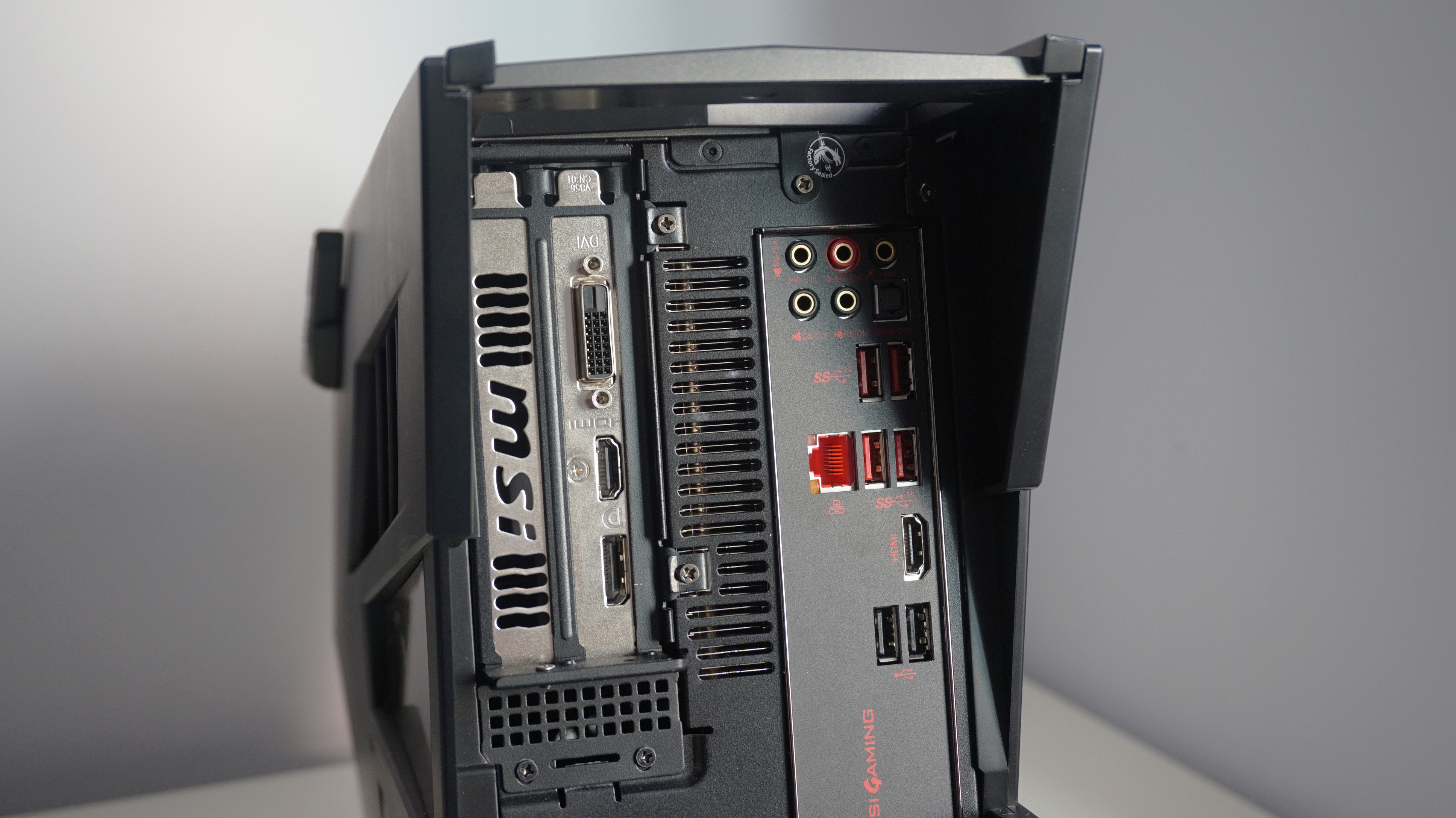
You get a wide selection of ports with the Aegis Three eighth, together with 4 USB 3.1 Gen 1 ports, two USB2s, 5 audio jacks, an optical S/PDIF and Gigabit Ethernet along with your graphics outputs.
Elsewhere, nevertheless, max settings typically returned outcomes someplace within the 40-50fps area at 2560×1440, which remains to be completely playable if element is extra essential to you than total pace, however these chasing an ideal 60fps at 2560×1440 will seemingly should mood their expectations considerably on the subject of graphical constancy.
Total War: Warhammer II, for instance, is all the time a troublesome buyer no matter what graphics card you’ve obtained, and right here battles averaged out to round 41fps on High at 1440p, and a way more pleasing 52fps on Medium. Frame charges had been smoother out on the marketing campaign map, hitting a mean of round 51fps and 60fps respectively, however if you happen to’re the kind of one who likes to observe your battles play out proper on the tip of your Lizardmen’s spears with out even the slightest judder in pace, you’re most likely higher off sticking with Low. 1080p noticed a extra promising image, as you’re most likely trying round 46fps battles on Ultra at this decision, or an ideal 60fps (technically a mean of 64fps) on High, with marketing campaign map speeds pushing effectively into 70fps area on each settings.
Middle-earth: Shadow of War fared a little bit higher at 1080p, with its inside benchmarking device returning a mean of 57fps on Ultra at 1080p, however at 1440p it was undoubtedly most snug on Medium once more. Here, the Aegis Three got here in with a mean of 39fps on Ultra at 1440p, 49fps on High, and a stunning 65fps on Medium.
The identical roughly goes for The Witcher III as effectively, as jogging by means of the forests of White Orchard noticed the body price settle someplace within the 40-50fps area on High at 1440p relying on whether or not I used to be being assaulted by drowners or not, whereas Medium noticed a way more secure common across the 55-60fps mark. That stated, the Aegis Three struggled to run the whole lot on max after I dropped the decision all the way down to 1920×1080, as right here the body price tended to max out at round 50fps on Ultra, with the occasional dip to 45fps. Instead, it was High that noticed the body price shoot again as much as that beautiful clean 60fps – which, once more, is pretty customary in comparison with different GTX 1060 PCs I’ve examined.

You get a smart collection of entrance ports, too, together with one USB 3.1 Type-C port, two USB2s plus a headphone and microphone jack.
Some games, nevertheless, struggled to take care of even 50fps on Medium at 1440p, so you could have to go for Low in a few circumstances in the event that they’re notably demanding, or just chunk the bullet and accept taking part in at 1920×1080. Assassin’s Creed Origins‘ inside benchmark solely managed a mean of 53fps on Medium at 1440p, for instance, whereas Final Fantasy XV‘s 1440p Average settings hopped between 45-50fps with all of Nvidia’s fancy tech bits turned off and dipped nearer to 40fps after I switched on TurfEffects and HairWorks.
At 1080p, nevertheless, each games carried out a lot better, with Assassin’s Creed hovering across the 58fps on Very High and Final Fantasy XV ranging between 58-68fps on Highest sans Nvidia results, and settling someplace round 50-58fps with TurfEffects and HairWorks enabled.
Overall, although, these outcomes are just about what I’d count on from a GTX 1060-powered machine, which at this time limit is each good and a little bit worrying. It’s good within the sense that the Aegis 3’s small chassis clearly isn’t crippling its efficiency in comparison with different small type issue desktops I’ve seen, however worrying within the sense that the GTX 1060 is changing into more and more unable to run newer and shinier games effectively at 1440p.
This is okay if all you’re after is one thing to play games at max settings at 1920×1080 – with that I’ve no challenge. But if you happen to’re searching for a pre-built 1440p-capable gaming PC, the GTX 1060 is more likely to develop into an more and more compromised possibility going ahead. In this sense, I’d most likely suggest 1440p hunters try to discover one with a GTX 1070 inside it, as that can seemingly offer you higher future-proofing for at the least one other yr or so.
One factor you don’t have to fret about, nevertheless, is the Aegis 3’s CPU. With a six-core 3.2GHz Intel Core i7-8700 on board, that is greater than able to tackling something you throw at it. It wasn’t fairly as nippy as the identical mannequin inside MSI’s Trident Three after I put it by means of Geekbench 4, all instructed (most likely as a result of it solely comes with 8GB of RAM moderately than the Trident’s 16GB), however with a single core rating of 5012 and a multicore rating of 19205, it’s nonetheless one of many quickest CPUs you should buy in the present day.
I’m much less satisfied it’s worthwhile to shell out the additional money for an Intel Optane Memory mannequin, although, as my AS SSD pace assessments on the 16GB Optane Memory-infused 1TB onerous drive in my evaluation unit left one thing to be desired. When Optane Memory is paired with a tough drive, it’s meant to provide it virtually SSD-like efficiency, serving to to chop down on loading instances and get you taking part in games sooner.
The drive’s write pace was undoubtedly spectacular, coming in at 52MB/s within the 1GB random 4K take a look at. That’s just below what I recorded for WD’s Blue 3D NAND SSD, which managed 56MB/s. Its 3MB/s learn pace, nevertheless, was diabolical compared – round what I’d count on from an everyday HDD – and a great distance off the WD’s 29MB/s.
I additionally wasn’t vastly impressed by its 128GB Intel-branded NVMe SSD, both. It’s nonetheless a greater guess for storing your games on if you happen to’re actually that anxious about loading instances – particularly when most retail fashions appear to be providing 256GB’s price of area – nevertheless it’s nonetheless solely about as quick as your typical SATA SSD, providing random 4K learn speeds of 28MB/s and write speeds of 91MB/s. Still, I’m not that fussed about having the newest, best storage on a PC like this, particularly when it may well all be upgraded at a later date if want be.
Ultimately, although, I believe these within the US most likely have the higher deal on the subject of deciding whether or not the Aegis Three is nice worth for cash or not, as right here you may get a GTX 1070 Optane Memory-less configuration for $1525. UK consumers, then again, both should make do with a GTX 1060 one (additionally sans Optane) for not that a lot much less at £1400, or fork out another £400 for that GTX 1070 future-proofing. You needn’t spend that a lot further in case your goal decision is simply 1920×1080, after all, nevertheless it’s nonetheless disappointing that it’s a lot costlier in comparison with what’s on provide throughout the pond.
Personally, I’d most likely want to stint on the processor and save myself a few hundred quid and get the £1180 Zotac MEK1 as an alternative. However, if having a Coffee Lake Core i7 CPU is essential to you and also you don’t thoughts the Dead Space helmet aesthetic MSI’s obtained happening right here, the Aegis Three actually has rather a lot to suggest it, both as a GTX 1060 1920×1080 PC, or a GTX 1070 2560×1440 machine.

